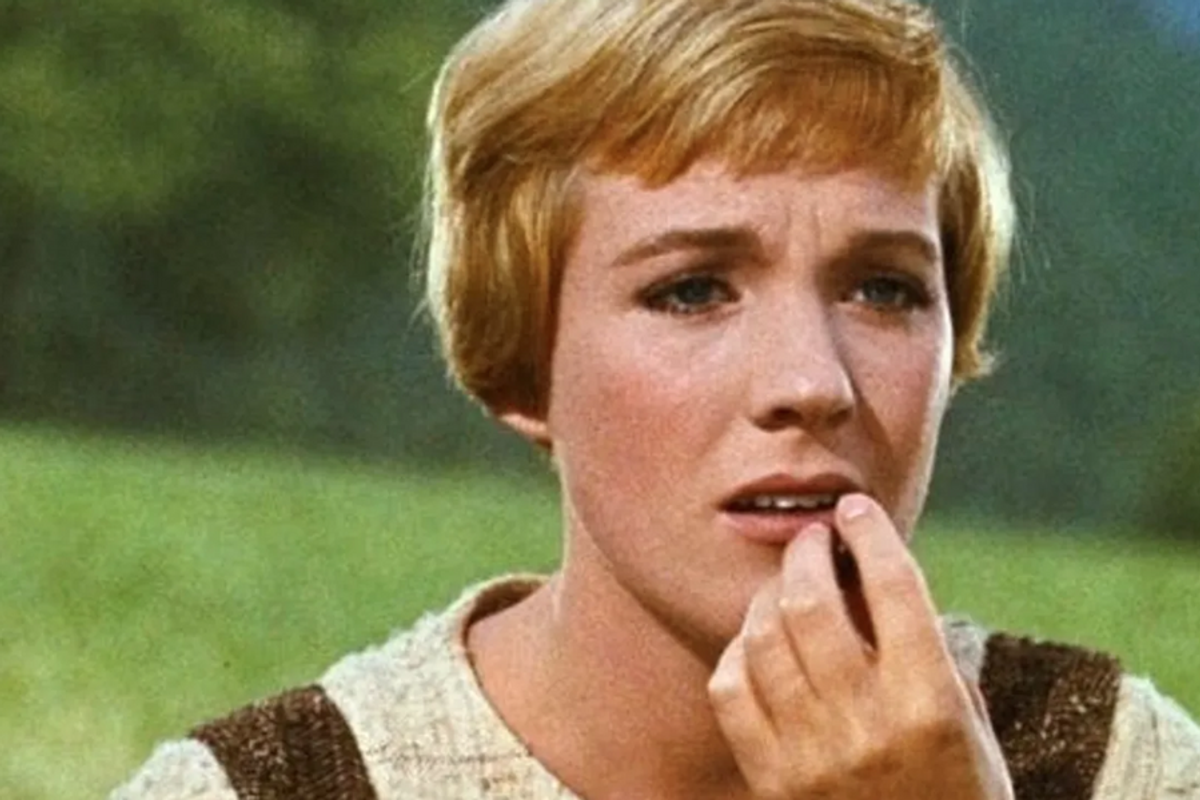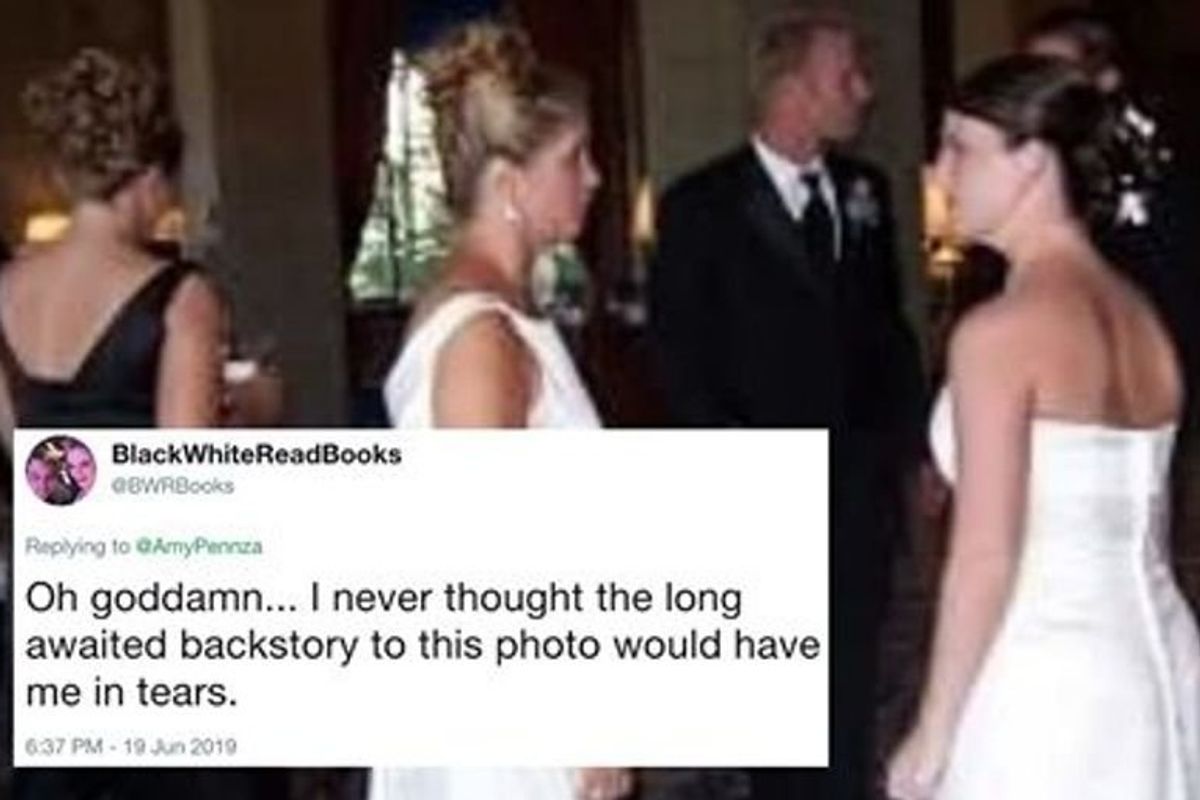Apple's new 'Check In' feature might give worried parents some much needed relief
The new built-in feature will send texts letting selected contacts know where you are. No outside apps needed.

There are lot of tracking apps out there. This one is built right into your iPhone.
Knowing where on Earth your kids are can at least take one thing off a worried parent’s mind. But every parent knows that getting kids to send a quick “Hey I’m alive and at a friend’s house” text is sometimes as easy as pulling teeth…or getting them to clean the bathroom.
And while there are plenty of downloadable apps that make tracking easier, soon there will be an option built right into your iPhone, making relief even easier to access.
On June 5, Apple announced at an annual conference event that there would be a new iOS 17 iMessage feature called "Check In" which would send automated travel updates to selected contacts.
This feature differs from other similar Apple add-ons like Find My Friends or Location Services, which can track your location all of the time. For iPhones with the latest iOS update, Check In can be found in iMessage’s new expandable app menu (the little plus sign to the left of the text field).
Users can open a thread with whoever they’d like to be alerted when they get to a certain location. Check In then gives an estimate of how long it will take to get there, whether you’re walking or driving. And if the estimate needs adjusting, simply hit the big “Edit” button.
For additional safety precautions, Check In will literally “check in” with you if something seems off during your travel. If you need help or don’t answer, loved ones will be pinged with helpful information like your current location, battery level and cell service status. Plus all the information shared is end-to-end encrypted.
“Whether you're walking home after dark or going for an early morning run, you can start checking with a family member or friend to let them know when you get home safely…[It’s]an easy way to feel reassured that your loved ones have your back,” an Apple representative is heard saying at the conference in a video captured by an audience member who shared it to TikTok.
@the.birds.papaya As a crime junkie listener and a mom of 4, this is amazing. Maybe just seems like another iOS update, but im thinking about the lives potentially saved. #wwdc23 ♬ original sound - Sarah Nicole @thebirdspapaya
That audience member, who describes herself as a “crime junkie listener and a mom of 4,” expressed gratitude for the new feature, calling it an “amazing” way to “potentially save lives.”
The use of tracking devices isn’t without its own dangers or controversy. Certainly, bad actors may use them for stalking purposes. And parents having constant surveillance over their kids has been seen by some as an invasion of privacy (which is perhaps why Check In is created a little differently). But still, as with any technology, it can be a huge asset when used wisely.



 Tony Trapani received the most important letter of his life, but he didn't see it for 50 years Photo by
Tony Trapani received the most important letter of his life, but he didn't see it for 50 years Photo by  Tony and Samuel didn't waste time thinking about what might have been if he'd seen the letter earlier. Photo by
Tony and Samuel didn't waste time thinking about what might have been if he'd seen the letter earlier. Photo by 
 Christopher Plummer and Julie Andrews on location in Salzburg, 1964
Christopher Plummer and Julie Andrews on location in Salzburg, 1964 


 A German Shepard relaxing in grass.via
A German Shepard relaxing in grass.via  A German Shepard puppy taking a breather.via
A German Shepard puppy taking a breather.via